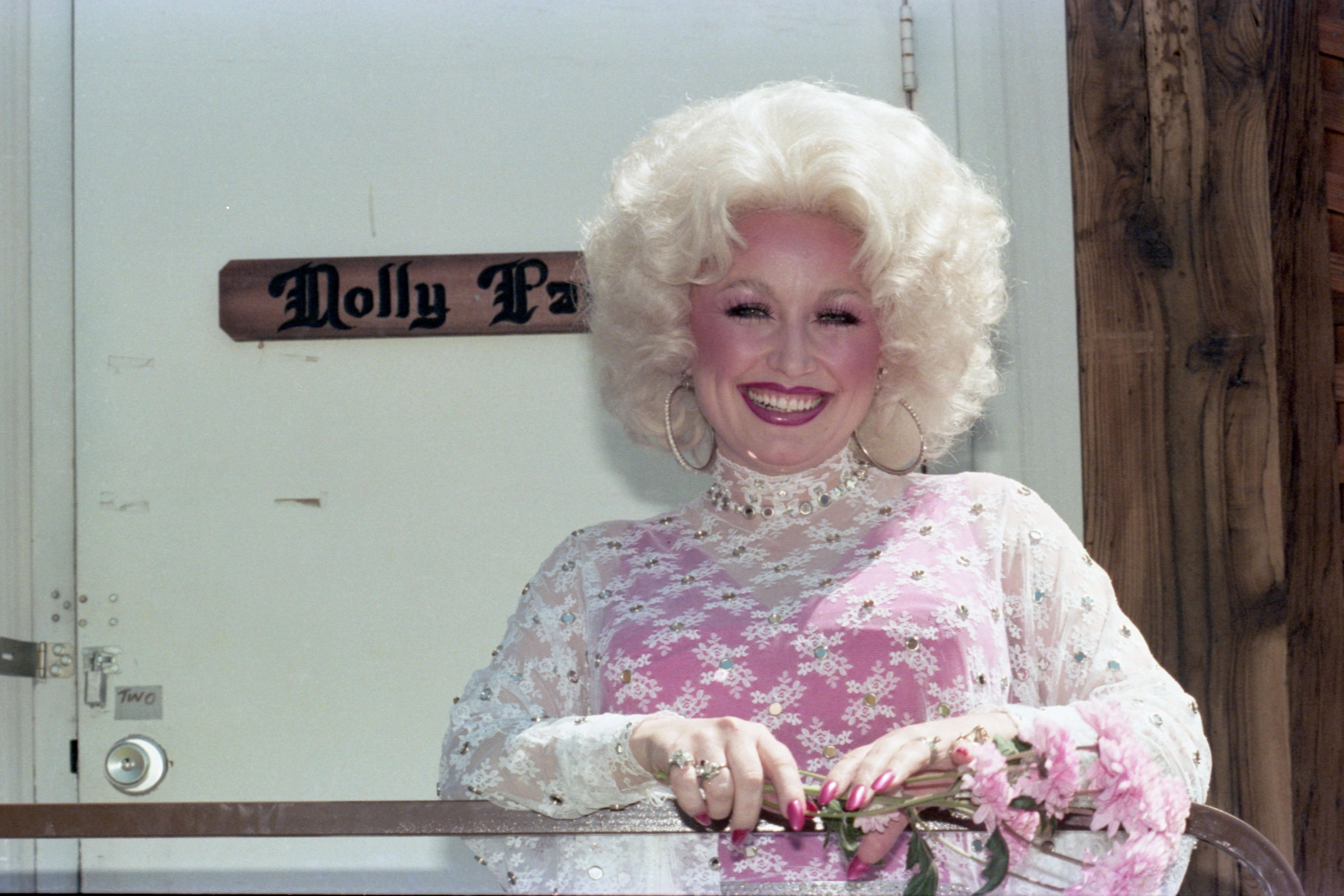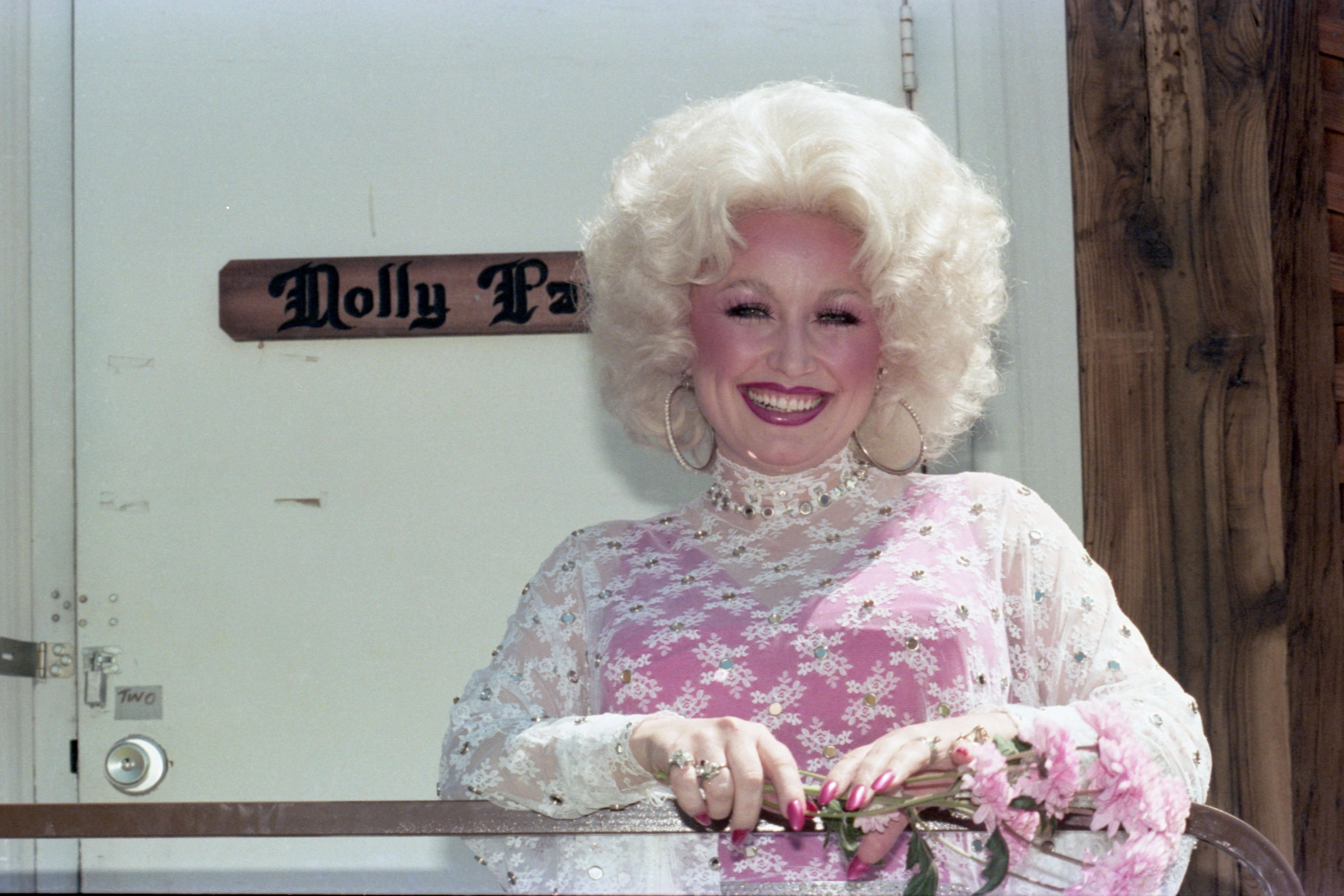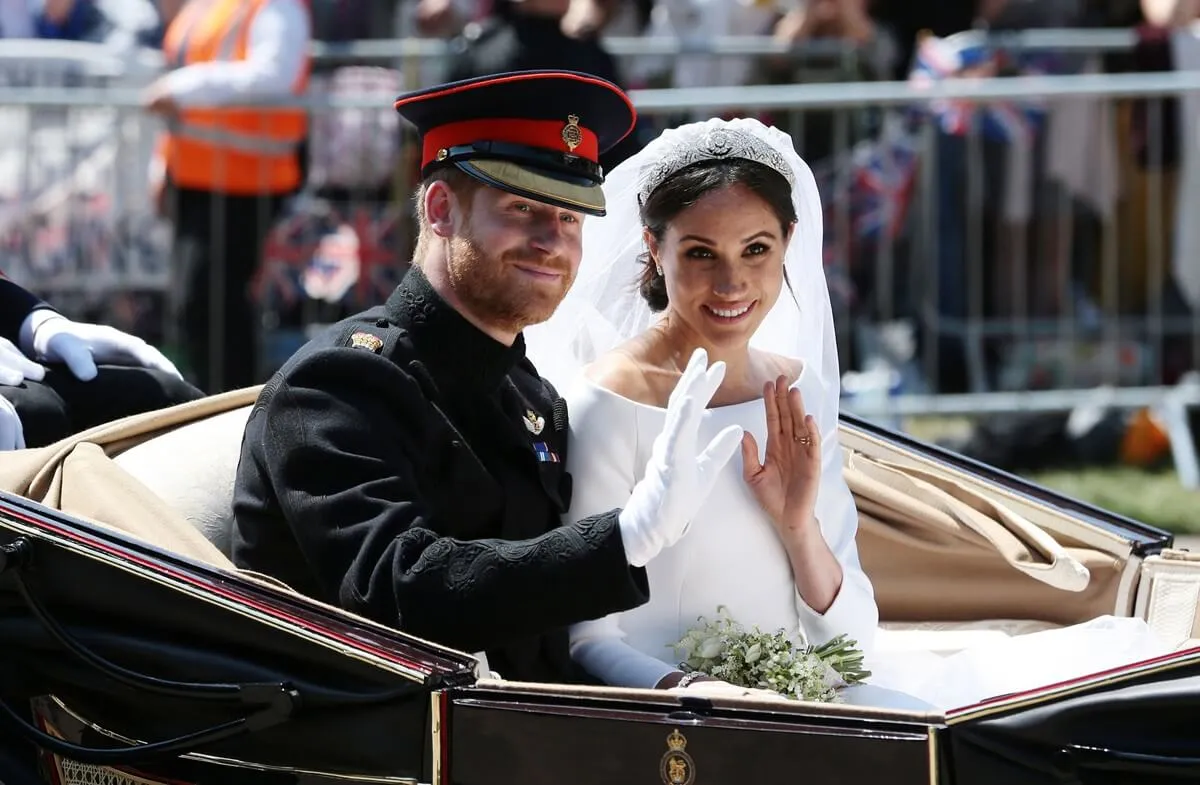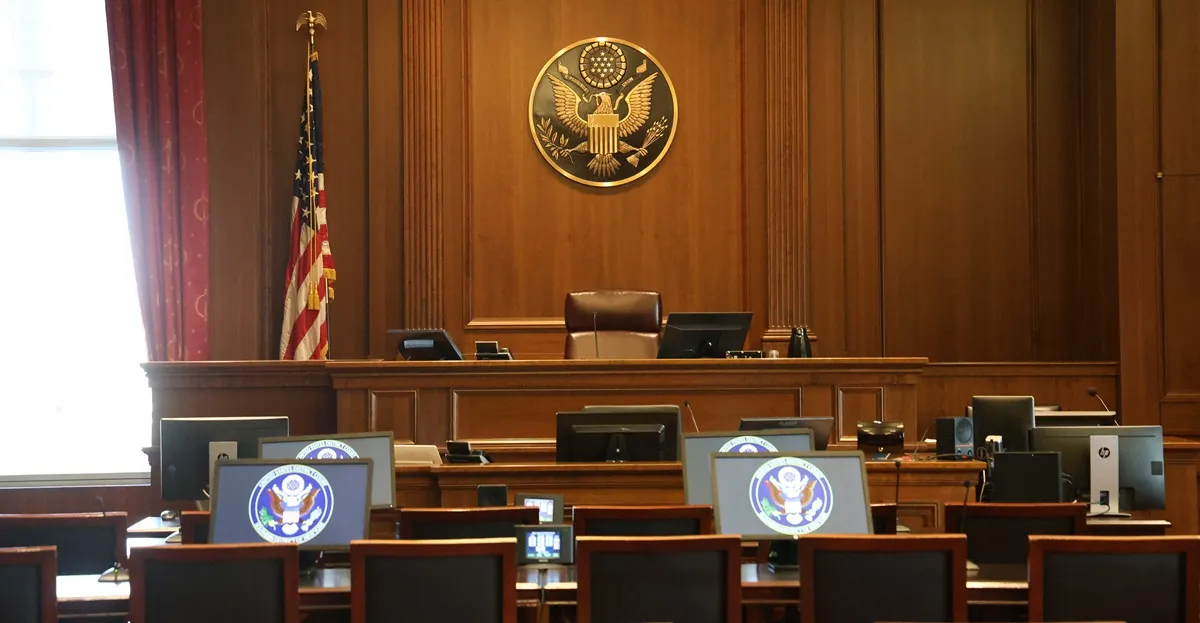
Why Dolly Parton Was so Interested in Makeup Growing up, Even Though It Was Forbidden
Dolly Parton just isn’t Dolly Parton without her big blonde hair, rhinestone-embellished outfits, and bold makeup. She grew up to express herself in exactly the way she idolized when she was a little girl. As soon as Parton discovered feminine things like makeup, a whole new world opened up for her. She knew who she wanted to be, and she knew how she wanted to look.

Dolly Parton’s aunts introduced her to femininity
For much of the “Coat of Many Colors” singer’s childhood, she was a tomboy.
“Womanhood was a difficult thing to get a grip on in those hills, unless you were a man,” she wrote in her first memoir, Dolly: My Life and Other Unfinished Business.
But once she started to get an idea of “what it meant to be a woman,” Parton was hooked. The “Jolene” singer and her sisters used to love it when their aunts would come to visit. Their aunts had traveled outside of Tennessee, so the girls believed them to be sophisticated and worldly. But perhaps best of all were the purses they brought with them with makeup inside.
“They would sometimes let us explore these bags of ammo, and we would do so with all of the awe you would expect from art lovers touring a museum,” she wrote.
Robert Lee Parton forbid his daughters from wearing makeup
Parton’s father had a no-makeup policy for his daughters.
“He did not believe girls should wear makeup–at least not his girls,” she wrote. “He thought it would make us look trashy and get us into trouble.”
It’s possible that Mr. Parton’s strict policy drew his girls to makeup even more intensely.
“Maybe that has something to do with the fact that as soon as we got away from home, we practically made a career out of makeup and the other trappings of what we considered to be femininity,” wrote the “9 to 5” singer. “To paraphrase the Bible, ‘Bring up a child in the way you think he should go, and when he is old he will make you pay for it the rest of your life.’ Many a bellman struggling under the weight of my makeup bags has had to pay as well.”
But at least on a conscious level, Parton’s draw to makeup wasn’t to rebel against her father.
Dolly Parton wanted to live like the women she saw in magazines
Mostly, Parton and her sisters were drawn to makeup because as soon as they learned about it, makeup felt like a previously missing part of them.
“We wanted those things because we felt they were a vital part of our personalities,” she wrote.
Also, they wanted to look like, and maybe even more so—be treated like—the women they saw in newspapers and magazines.
“They didn’t look at all like they had to work in the fields,” she wrote. “They didn’t look like they had to take a spit bath in a dishpan. They didn’t look as if men and boys could just put their hands on them any time they felt like it, and with any degree of roughness they chose. The way they looked, if a man wanted to touch them, he’d better be damned nice to them. Most of all, they looked like a man would want to—very much.”


